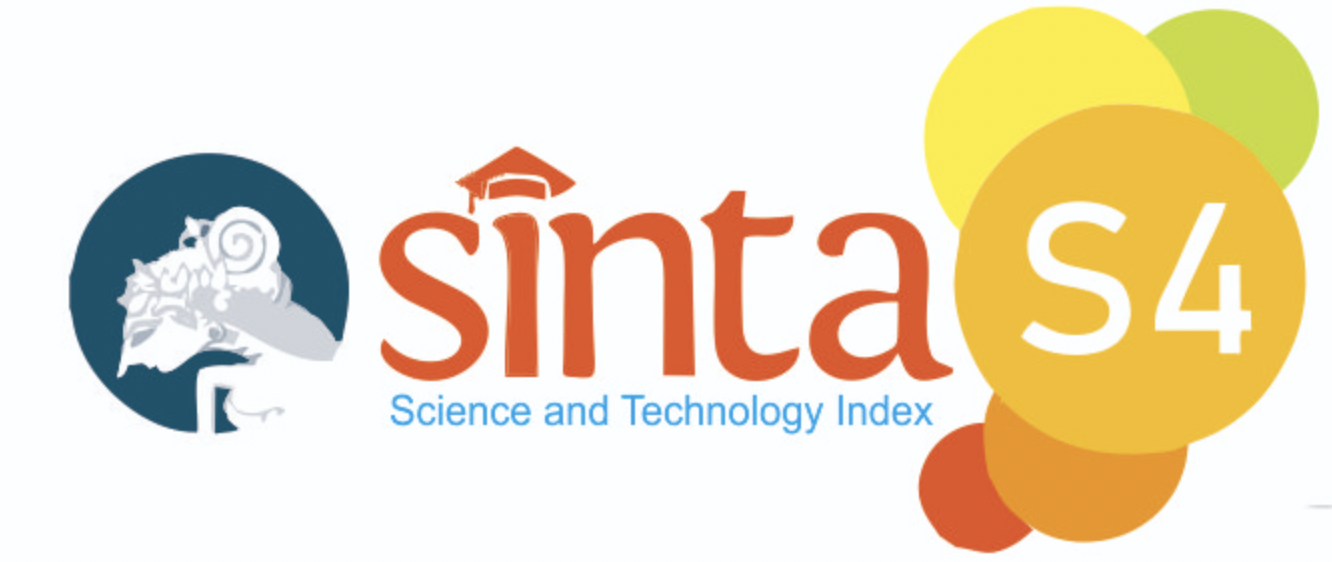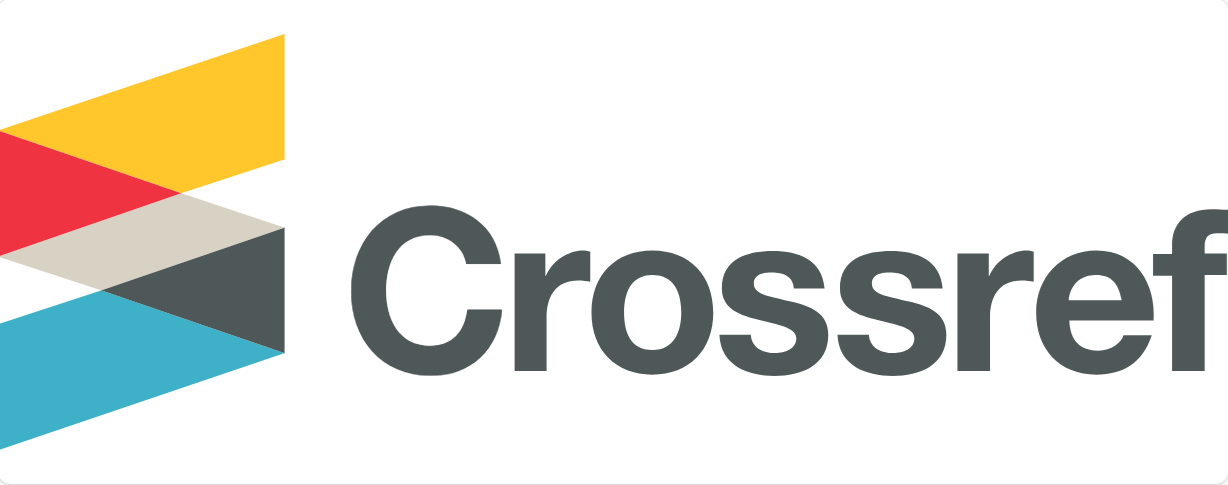Abstract
Games-based learning is a new concept that is used for teaching information literacy skills, which so far has been mostly given in classrooms and is one-way. The respondents taken were all new students participating in games-based learning activities, in 2018. In the implementation of games-based learning divided into 5 posts, where each post represents one information literacy skill material. The results are as follows identification of information (3.46), access to information (3.59), using information (3.36), synthesis (3.52) and plagiarism (3.55). With a total average of 3.47 while the average results of the level of collaboration and creativity obtained by 3.54. The conclusion is that students participating in this activity are very enthusiastic and happy so they can easily understand the material provided.
Bahasa Abstract
Games-based learning merupakan konsep baru yang digunakan untuk pengajaran keterampilan literasi informasi, yang selama ini justru lebih banyak diberikan dalam ruang kelas dan bersifat satu arah. Responden yang diambil adalah semua mahasiswa baru peserta kegiatan games-based learning, pada tahun 2018. Dalam pelaksanaannya games-based learning dibagi dalam 5 pos, dimana tiap pos mewakili satu materi keterampilan literasi informasi. Hasilnya sebagai berikut identifikasi informasi (3.46), akses informasi (3.59), menggunakan informasi (3.36), sintesa (3.52) dan plagiarism (3.55). Dengan total rata-rata 3,47 sedangkan hasil rata-rata tingkat kolaborasi dan kreativitas diperoleh sebesar 3.54. Kesimpulannya bahwa mahasiswa dalam mengikuti kegiatan ini sangat antusias dan senang sehingga mereka mudah memahami materi yang diberikan.
References
- Choi, Y. S. (2015). Effectiveness of game based learning to minimize boolean functions. Multimedia Tools and Applications, 74(17), 7131–7146. https://doi.org/10.1007/s11042-014-1956-8
- Graydon, O. (2016). Strength in diversity. Nature Photonics, 10(10), 628–629. https://doi.org/10.1038/nphoton.2016.191
- Hsiao, S. W., Wang, M. F., & Chen, C. W. (2017). Time pressure and creativity in industrial design. International Journal of Technology and Design Education, 27(2), 271–289. https://doi.org/10.1007/s10798-015-9343-y
- Leach, G. (2005). Play to win! using games in library instruction to enhance student learning. Research Strategies, 20(3), 191–203. https://doi.org/10.1016/j.resstr.2006.05.002
- Markey, K. (2009). will undergraduate students play games to learn how conduct library research? The Journal of Academic Librarianship, 35(4), 303–313. https://doi.org/10.1016/j.acalib.2009.04.001
- Mujiono, D. (1999). Belajar dan pembelajaran. Jakarta: Rineka Cipta.
- Musa, A. B. (2016). Factors affecting the pattern of information use by final year undergraduate student in federal university libraries of North Central, zone, Nigeria. Library Philosophy and Practice (e-journal), (1364). Diambil dari http://digitalcommons.unl.edu/libphilprac/1364
- Pendit, P. L. (2003). Penelitian ilmu perpustakaan dan informasi: sebuah pengantar diskusi epistomoligi & metodologi. Jakarta: JIP-FSUI.
- Pho, B. A., Dinscore, A., & Badges, D. (2015). Game-Based Learning. https://doi.org/10.1007/978-1-4614-3185-5
- Rohani, A. (1995). Pengelolaan pengajaran. Jakarta: Asdi Mahasatya.
- Rush, L. (2014). Learning through play, the old school way: Teaching information ethics to Millenials. Journal of Library Innovation, 5(2), 1–15. https://doi.org/10.1007/s13398-014-0173-7.2
- Scholes, M. (2002). Games worth playing: Effective science teaching through active learning. South African Journal of Science.
- Smith, F. A. (2007). Games for Teaching Information Literacy Skills. Library Philosophy and Practice, 2007(2), 1–12. Diambil dari http://www.webpages.uidaho.edu/~mbolin/fsmith.pdf
- The Association of College and Research Libraries. (2000). Information Literacy Competency Standards for Higher Education. Community & Junior College Libraries, 1–20. https://doi.org/10.1016/B978-1-84334-705-7.50020-1
- The Association of College and Research Libraries. (2016). Framework for information literacy for higher education. Chicago: ACRL. Diambil dari http://www.ala.org/acrl/sites/ala.org.acrl/files/content/issues/infolit/framework1.pdf
- society,” (December 2003). Diambil dari http://www.unesco.org/new/fileadmin/MULTIMEDIA/HQ/CI/CI/pdf/PragueDeclaration.pdf
- Walsh, A. (2015). Playful Information Literacy: Play and information Literacy in Higher Education. Nordic Journal of Information Literacy in Higher Education, 7(1), 80. https://doi.org/10.15845/noril.v7i1.223
- Young, J. (2016). Can Library Research Be Fun? Using Games for Information Literacy Instruction in Higher Education. Georgia Library Quarterly, 53(3), 1–7. Diambil dari http://steenproxy.sfasu.edu:2048/login?url=http://search.ebscohost.com/login.aspx?direct=true&db=lxh&AN=118210666&site=ehost-live&scope=site
Recommended Citation
HW, Phillips Iman
(2019)
"Games-Based Learning: Konsep Pengajaran Literasi Informasi Berbasis Permainan pada Mahasiswa Strata 1 di Universitas Pelita Harapan,"
Jurnal Ilmu Informasi, Perpustakaan dan Kearsipan: Vol. 21:
No.
2, Article 6.
DOI: 10.7454/JIPK.v21i2.006
Available at:
https://scholarhub.ui.ac.id/jipk/vol21/iss2/6
Included in
Archival Science Commons, Collection Development and Management Commons, Information Literacy Commons








